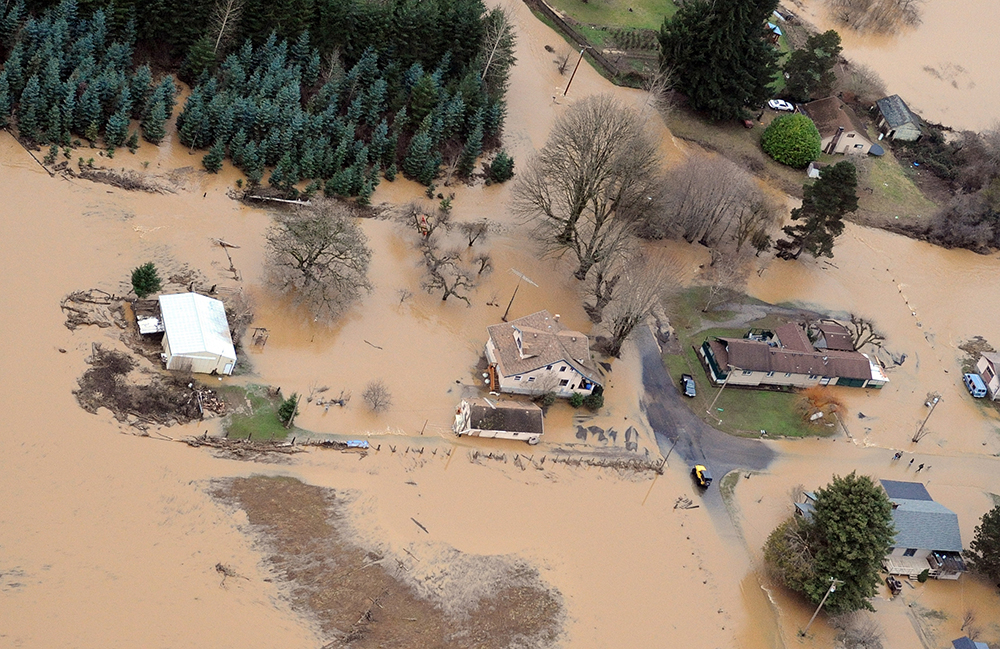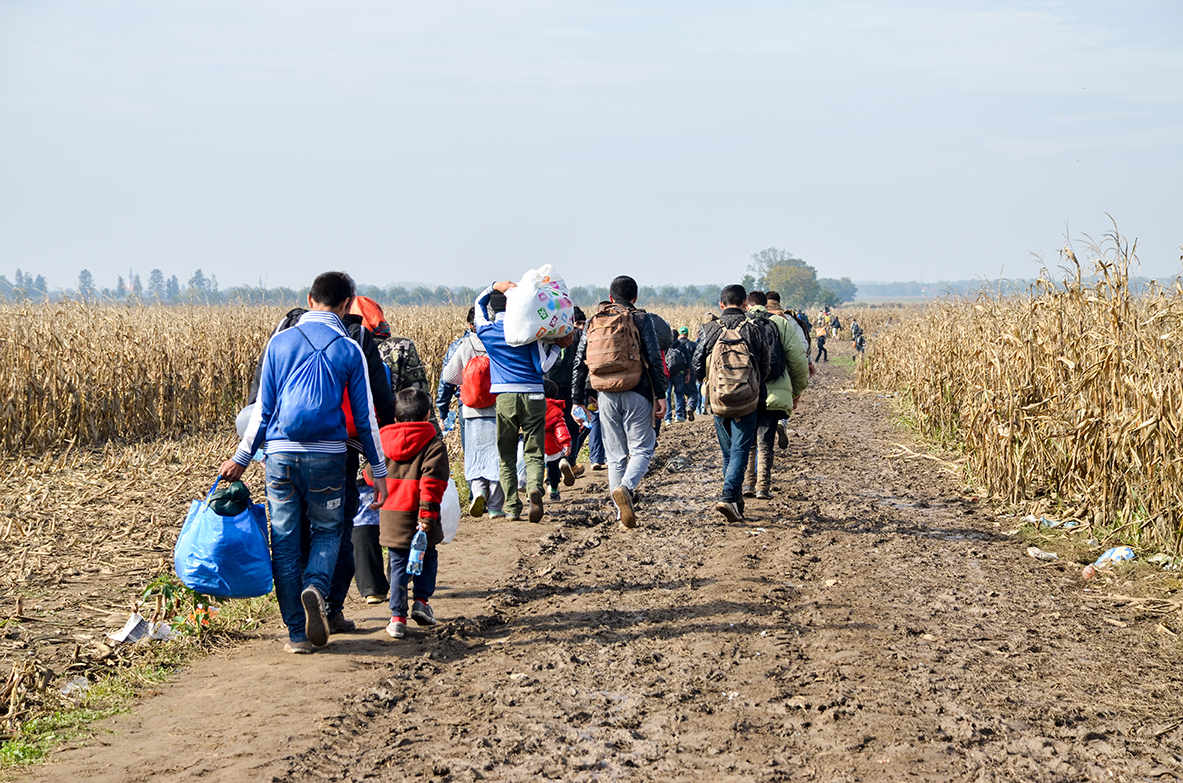
In this module, we explored how extreme weather events—supercharged by climate change—translate into profound challenges for public health.
You learned how heavy storms and floods can injure and kill in the blink of an eye, set off domino effects like disease outbreaks (e.g., post-hurricane infections), and disrupt healthcare systems.

We briefly touched on heat waves, noting that heat is a silent killer growing in magnitude, which we’ll examine more in the next module.
Through looking at real-world disaster examples and the concepts of vulnerable populations, it is clear that climate change is already a public health emergency.
Health impacts of extreme weather
Crucially, we emphasized that the health impacts of extreme weather are not uniform:
- Poverty
- Age
- Disability
- Location
These factors play huge roles in who is most affected. This recognition is vital for crafting effective responses.
As future clinicians and health leaders
You may find yourself on the front lines when disasters strike your community. Whether it’s triaging patients in an ED during a flood, managing chronic disease care in an evacuation shelter, or planning a hospital’s resilience measures, your understanding of climate-exacerbated hazards will help you save lives.
As advocates, you can voice the needs of your patients in disaster planning meetings and push for policies that address climate threats (for example, strengthening the power grid so hospitals don’t go dark, or improving drainage in flood-prone areas).
By completing this module, you should feel more confident in explaining why extreme weather events are a growing health concern and what can be done to mitigate their impact.
In the next module, we will turn our focus to one extreme hazard— extreme heat—delving into why heat waves are so dangerous and how healthcare can respond.
As you move forward, keep the big picture in mind: Climate change’s fingerprints are on today’s floods, storms, and droughts, and understanding this helps us prepare and protect our patients and communities in a changing environment.
Image credits
Unless otherwise noted, images are from Adobe Stock.

